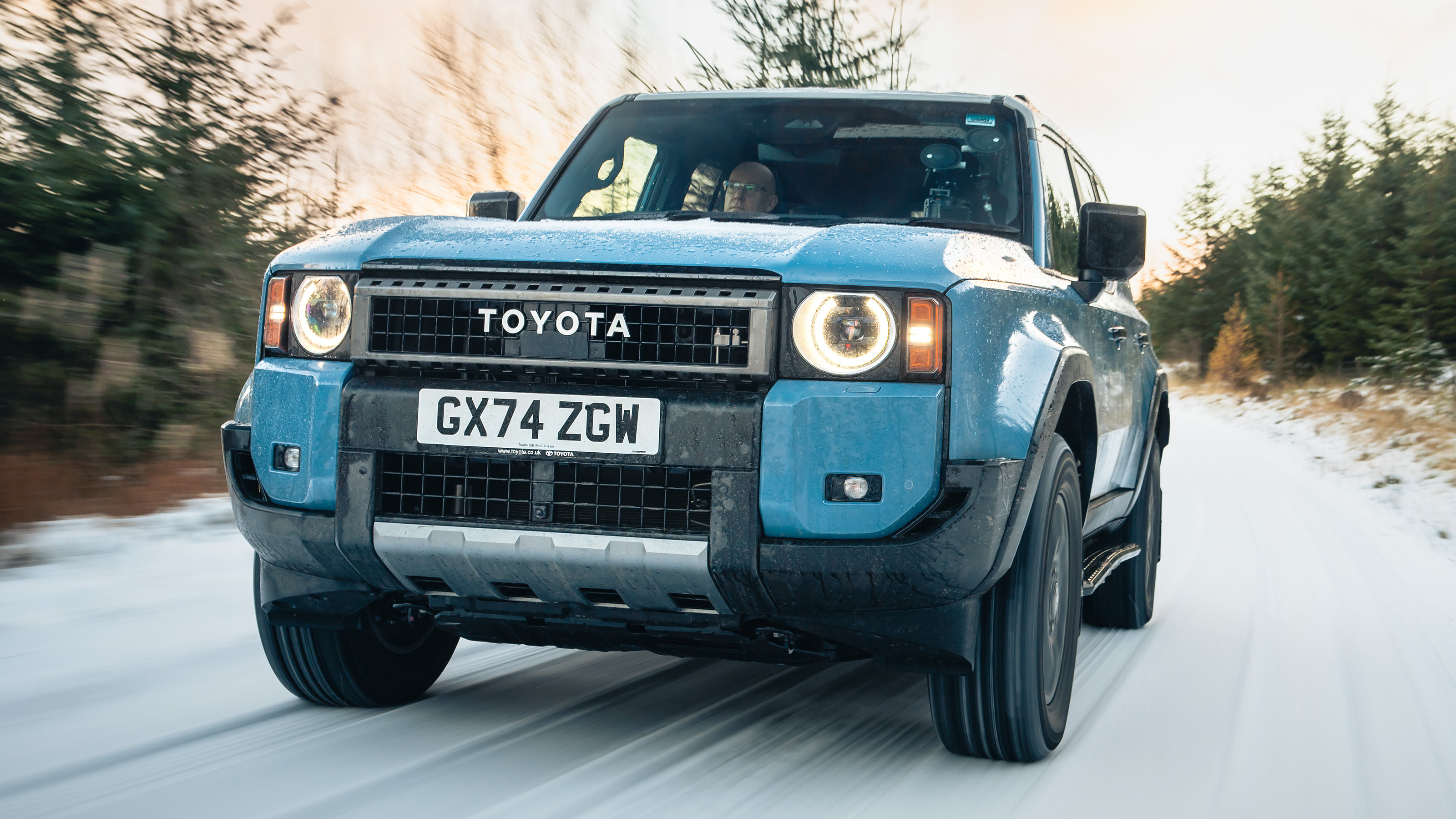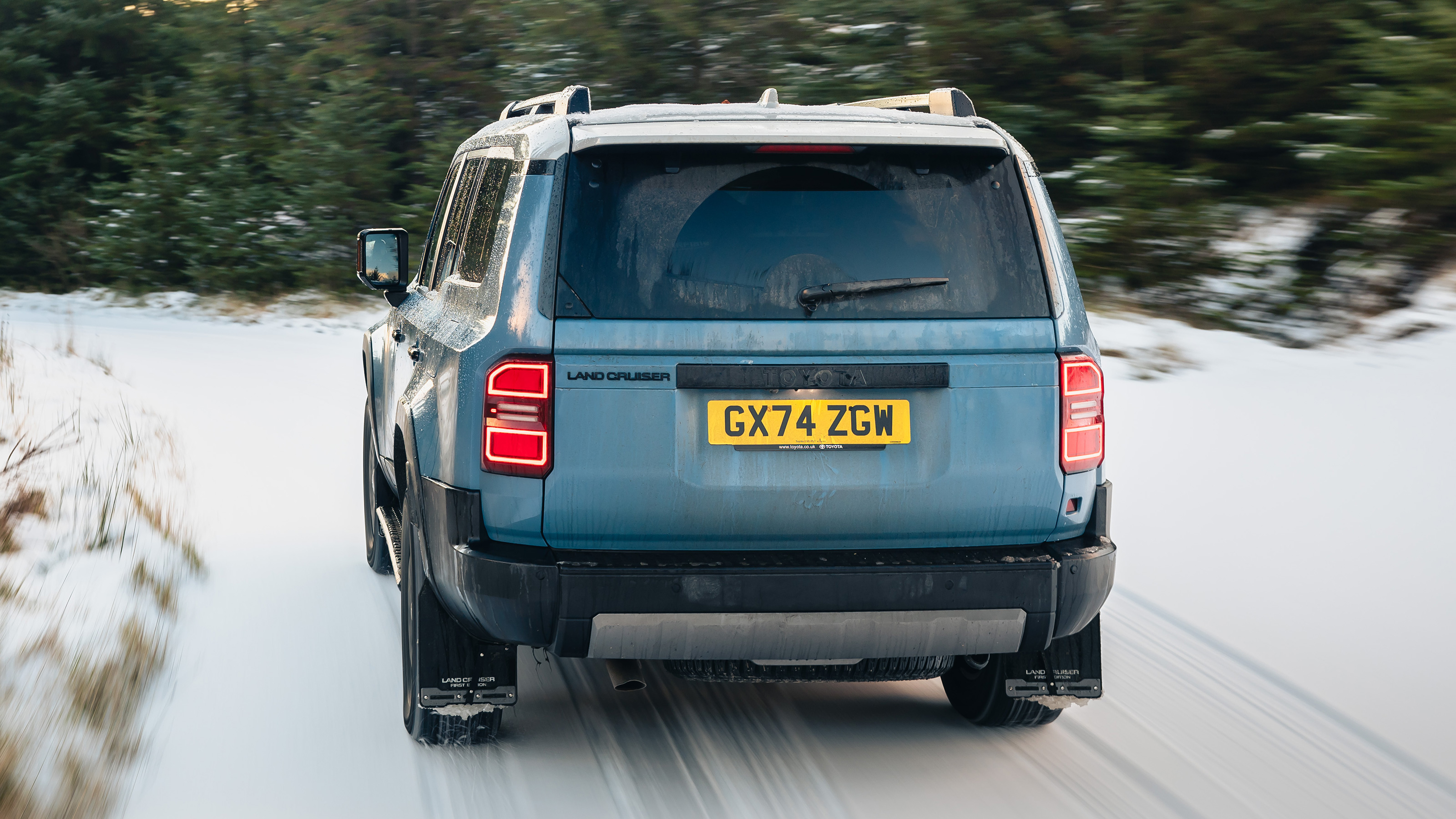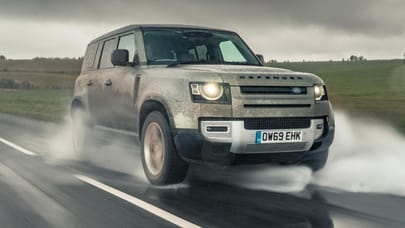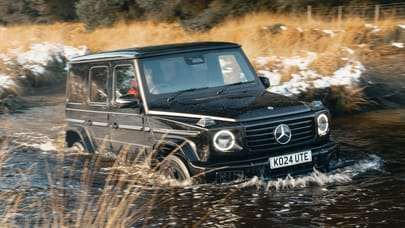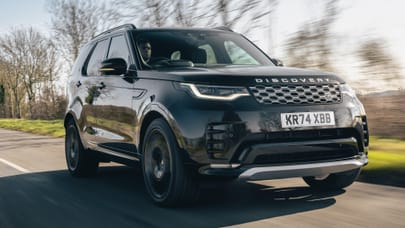
Good stuff
Remarkable off-road ability, brilliant styling makeover, durability, reliability, fitness for purpose
Bad stuff
Not especially accurate on road, shuddery ride, arguably too much lux in top-line versions
Overview
What is it?
One of the biggest beasts in the off-road jungle. The new Land Cruiser, like the Jeep Wrangler and Land Rover Defender, traces its roots back over 70 years. This is the all new Land Cruiser 250 – much has changed, but much has remained the same.
It’s still a ‘traditional’ 4x4, using a ladder frame chassis with the body mounted on top. It’s powered by diesel, still has lockable diffs and a low range gearbox. But like a Mercedes G-Class it uses double wishbone front suspension, like a Ford Bronco the front anti-roll bar can be disconnected to improve axle articulation. No Land Cruiser has been this refined or well insulated.
The Land Cruiser line-up confuses me. What’s going on?
That’s because there are three prongs: Heavy Duty, Light Duty and Station Wagon. Having arrived in 1951 as the Toyota Jeep BJ (and adopted the Land Cruiser name in 1955), by 1967 Toyota had realised it could be more than a hardcore workhorse and created the Station Wagon line of more civilised machines. In 1985 they then separated the workhorse range into Light and Heavy Duty. And that’s the way it’s been ever since.
The Heavy Duty range are the cars you see on the news in global hotspots, they’re the 70-Series cars, tough as teak, but unable to be sold in Europe due to emissions regs. The Light Duty and Station Wagon (most memorable in the UK as the Land Cruiser Colorado and Amazon respectively) have been gradually converging, to the extent that this new 250 (ostensibly a Light Duty car) shares its GA-F chassis with the 300 Station Wagon launched a couple of years ago (but not sold in the UK or Europe).
But this looks so much cooler.
Amazing what a bit of design can do, isn’t it? Oddly, the car it reminds us of is the Suzuki Jimny, another car that was given a retro makeover that captured everyone’s attention, yet retained its amazing capabilities. We suspect similar sales success for this.
Depending on spec level you can have it with either round or rectangular lights, but everywhere you look there’s evidence of its toughness. Scuff the front end? Relax, you don’t have to replace the whole bumper, just one of the separate panels. There’s copious scratch-proof plastic outside, and those angled arches hark straight back to the iconic 40-series from 1960.
Is it hybrid?
You’re kidding, right? Actually that’s not such a daft question, because next year Toyota will add 48v mild hybrid functions – and in some markets the 250 will be available from launch with a 2.4-litre turbo petrol mated to a full hybrid system.
But not for Europe?
Nope, we get an uprated 2.8-litre four cylinder turbo diesel from the Hilux developing 201bhp and 369lb ft from 1,600rpm. It’s mated to a new eight-speed automatic that’s far more responsive, prompt and obedient than the previous six-speeder.
Just don’t go expecting any astonishing feats of economy. The WLTP economy figure is 26.6mpg, and CO2 stands at 279g/km. It’s got an 80-litre fuel tank, which at the 28mpg we were getting on a cruise should be good for well over 500 miles. But it’s not like you’re going to be getting anywhere particularly fast. Top speed is just 102 miles an hour, and almost a year on from first driving it, Toyota still hasn’t homologated the 0-62mph acceleration. We’d be surprised if it’s under 10 seconds.
What gadgets and tech does it have?
Like just about every modern car there’s a central touchscreen (8.0 or 12.3 inches depending on spec level), plus voice assistant and driver assist systems. Ignore them or turn them off, they jar with the Land Cruiser experience.
Unlike most modern cars though, there are buttons, loads of them, scattered all around the driving environment, labelled with baffling three-letter acronyms. Find the one labelled SDM. That’s Stabiliser Disconnect Mechanism, and allows you to detach the front anti-roll bar, freeing up another 10 per cent more wheel travel. Off-road you genuinely feel it, not so much for the extra travel as there being more elasticity in the front suspension.
There are also modes, accessible via a rotary control knob low on the centre console. There’s a pointless Sport mode – no Land Cruiser needs that – but pressing MTS (Multi-Terrain Select) and twisting the knob gives you access to a wide variety of terrain choices. If you’re in low range that choice opens even further. If you select DAC (Downhill Assist Control) the knob controls the speed at which you descend steep slopes.
What’s it like to drive?
You can read more about this in the Driving tab, but in brief it’s ponderous and lollopy on-road, with a bit of shudder and shimmy from the back axle. Drive it offroad and that vagueness comes into sharp focus – now you get a sense of exactly what each wheel is up to and how it’s behaving.
How does it compare to rivals?
Funny you should ask that as we’ve now driven it back to back off-road against the Ineos Grenadier, Land Rover Defender and Mercedes G-Class, and the Toyota came out on top.
There’s a few to talk about here, but let’s start with the biggie for British buyers, Land Rover’s Defender. The Land Cruiser is not as sophisticated and composed as the Defender, but it’s more dextrous and communicative in the rough with better axle articulation and has a formidable reputation for toughness and reliability. The Defender is now more school run truck than wilderness explorer, which makes it good business for JLR now, potentially bad for future reputation.
The Mercedes G-Class is superbly engineered, very luxurious, but at nearly £130k for the G400d, unlikely to ever be seen working for a living. Then there’s the Ineos Grenadier: a good update of an old Defender, but more agricultural than the Land Cruiser, overpriced and, well, the Toyota has the reputation for durability that Ineos will take years to achieve.
Is it a family hauler?
In the mould of an XC90 or Q7? No, absolutely not. It’s about the same size outside, but the packaging is compromised by the clanking underpinnings, so there’s less room for passengers. Still, there is the option of seven seats and plenty of wipe clean plastics.
Our choice from the range

What's the verdict?
Want a genuinely rugged off-roader that’s phenomenally capable, quietly desirable, will never let you down, is well kitted out yet manages to look cool? Here you go. The Land Cruiser 250 may have had the retro makeover, but it’s not flattering to deceive. As much as capability, there’s an honesty and integrity to it that is deeply appealing. It may not be the last word in sophistication, but the criticisms of its ride and refinement are churlish when they actually feel integral to its ability, plus there’s huge satisfaction to be had in driving a car that is so clear about what it’s for and how it should be used.
It is however going to be more expensive than we first expected. Where a bog basic Defender 110 is £63,500 (but in practice quickly specced to north of £80k), the Land Cruiser First Edition - of which all 3,000 coming to Europe are already spoken for - is £79,995. That’s a lot for a car with a gruff 2.8-litre diesel. The only other version so far announced is the £74,995 Invincible. This is big money for a trad off-roader, no matter how cool and capable.
If you’re tempted by one (and you really should be) make us a promise: discover what it’s capable of. The Land Cruiser has the reputation it does because it’s always been used properly. Don’t let the side down.
The Rivals
Trending this week
- Car Review
BMW iX3




